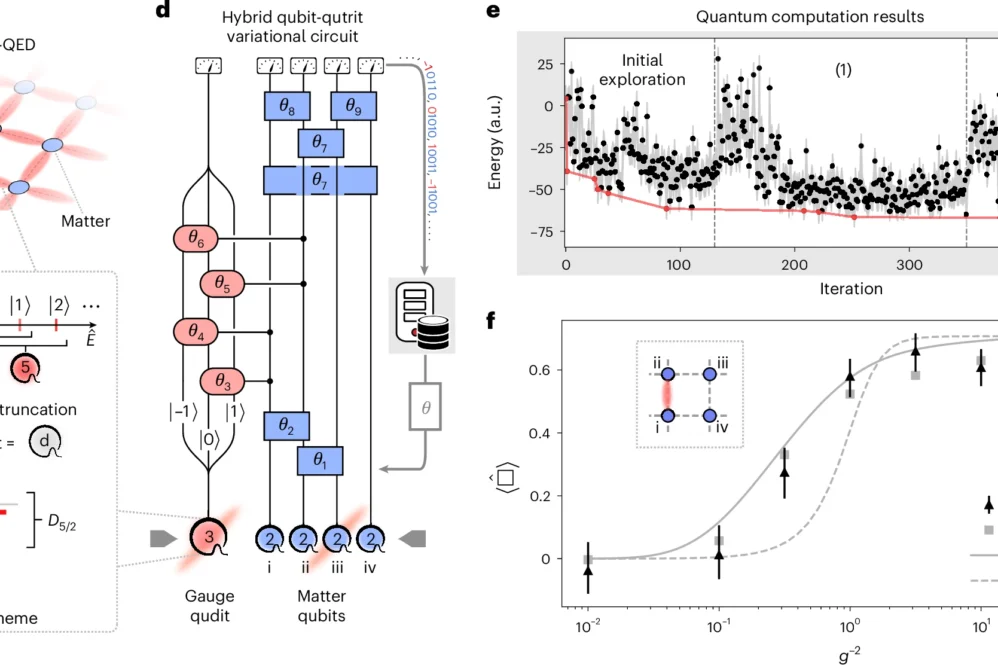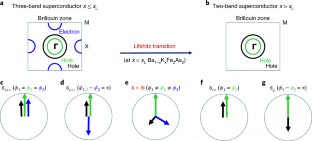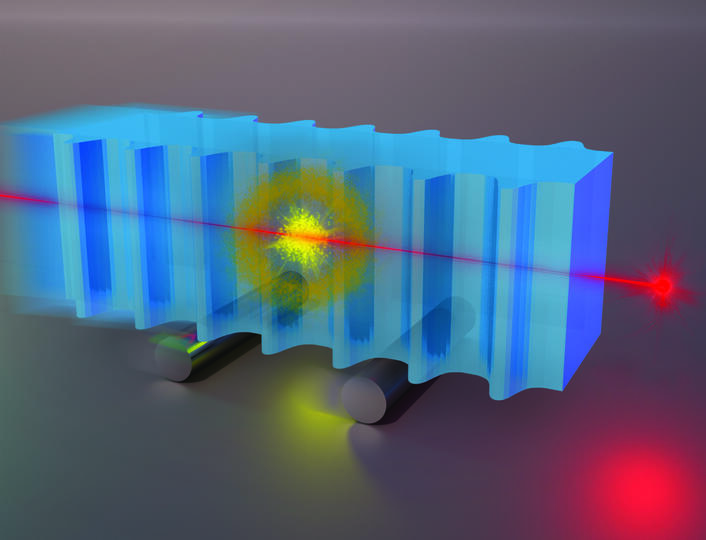Researchers from the University of Innsbruck and the Institute for Quantum Computing at the University of Waterloo have achieved a significant breakthrough in quantum computing by successfully simulating quantum electrodynamics (QED) in two spatial dimensions. This marks a substantial advancement in using quantum computers to study fundamental particle physics.
Traditional computing methods face insurmountable challenges when simulating certain aspects of quantum gauge theories due to inherent sign problems. The team overcame these limitations using qudit-based quantum computing.
This innovation addresses two major challenges: performing Lattice Gauge Theory (LGT) computations beyond one dimension with both gauge fields and matter, and controlling gauge-field dimensionality. By encoding the naturally high-dimensional gauge fields into qudits, the researchers significantly reduced register size and circuit complexity, achieving an order of magnitude improvement in efficiency.
The breakthrough allows the observation of magnetic fields between particles — a phenomenon impossible in one-dimensional simulations — bringing scientists closer to accurately modeling nature. Using a variational quantum eigensolver, the team prepared the ground state of 2D-QED and demonstrated the effect of dynamical matter on quantized magnetic fields. They also seamlessly observed different gauge-field truncations by controlling qudit dimensions.
This approach creates new opportunities for exploring quantum simulations of gauge theories and sets the stage for addressing previously intractable problems in physics. Lattice gauge theories form the backbone of the Standard Model of particle physics, and this work opens pathways toward quantum simulations of more complex gauge theories, including the strong nuclear force.
The experiment represents a significant step toward hardware-efficient quantum simulations that could eventually help answer fundamental questions about particle interactions and the universe’s nature. The natural representation of quantum fields through qudits made these computations possible, demonstrating the potential of specialized quantum computing architectures to tackle problems beyond the capabilities of classical supercomputers.
With additional qudits, the researchers aim to extend their results to three-dimensional models and more complex force interactions, potentially unlocking deeper insights into physics’ remaining mysteries.
Reference: “Simulating two-dimensional lattice gauge theories on a qudit quantum computer” by Michael Meth, Jan F. Haase, Jinglei Zhang, Claire Edmunds, Lukas Postler, Alex Steiner, Andrew J. Jena, Luca Dellantonio, Rainer Blatt, Peter Zoller, Thomas Monz, Philipp Schindler, Christine Muschik and Martin Ringbauer, 25 March 2025, Nature Physics.
DOI: 10.1038/s41567-025-02797-w




